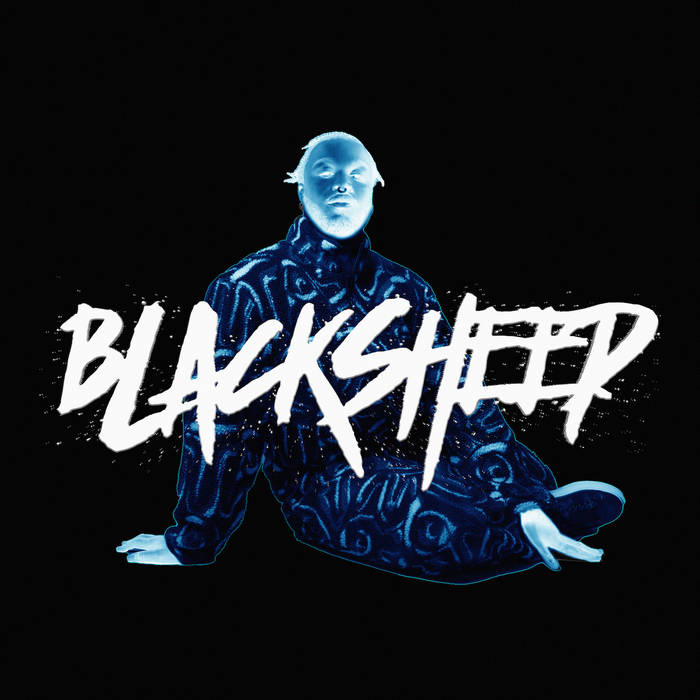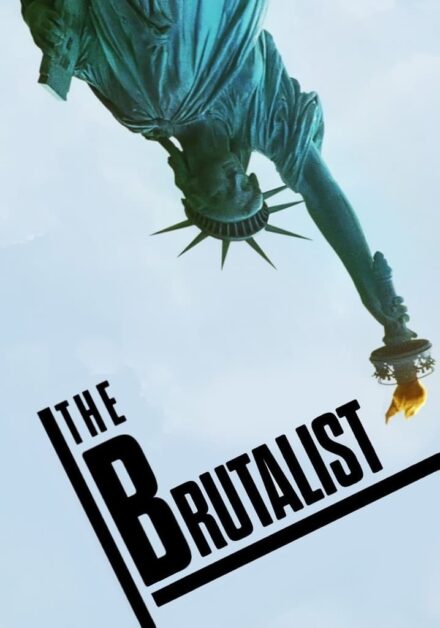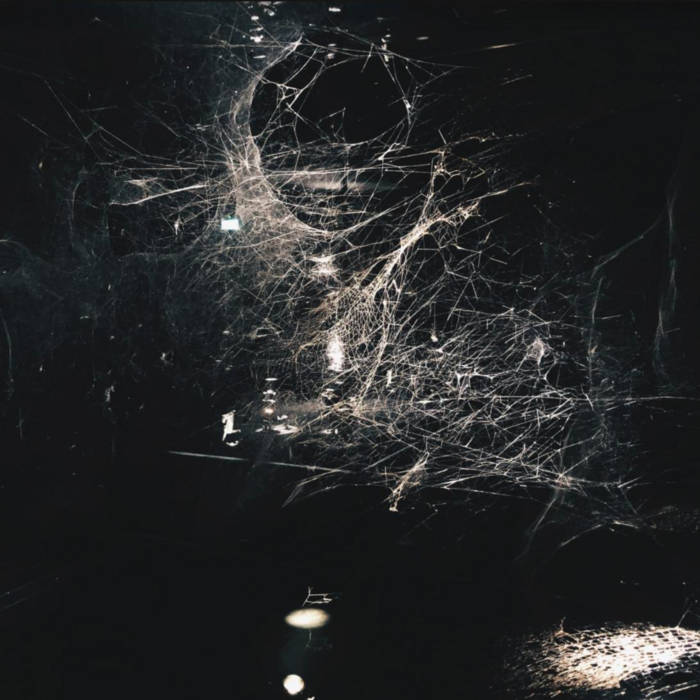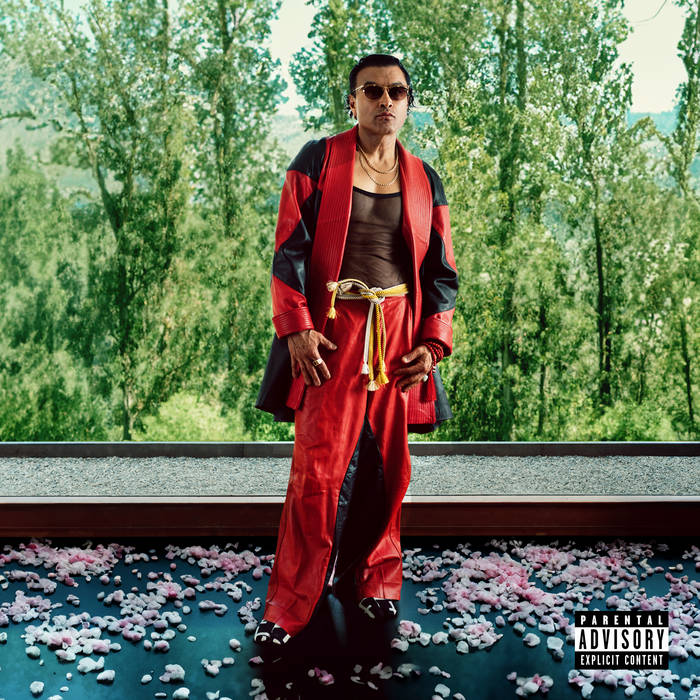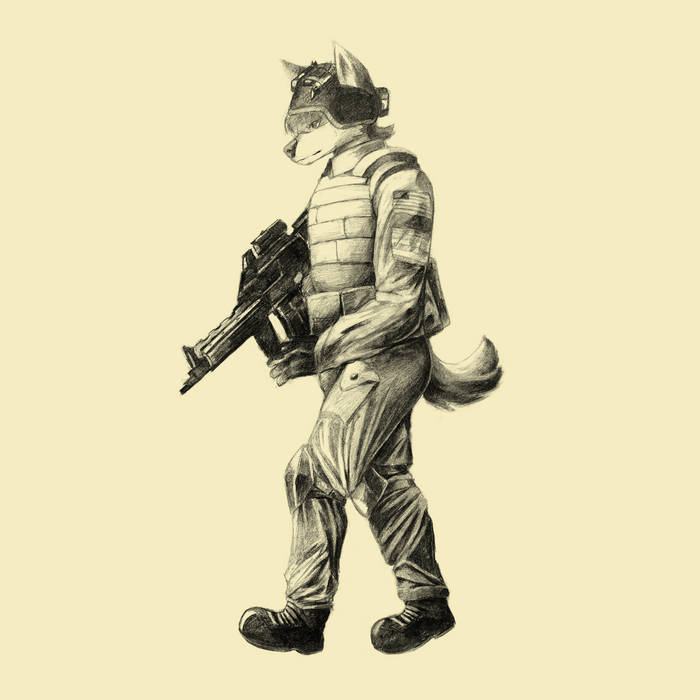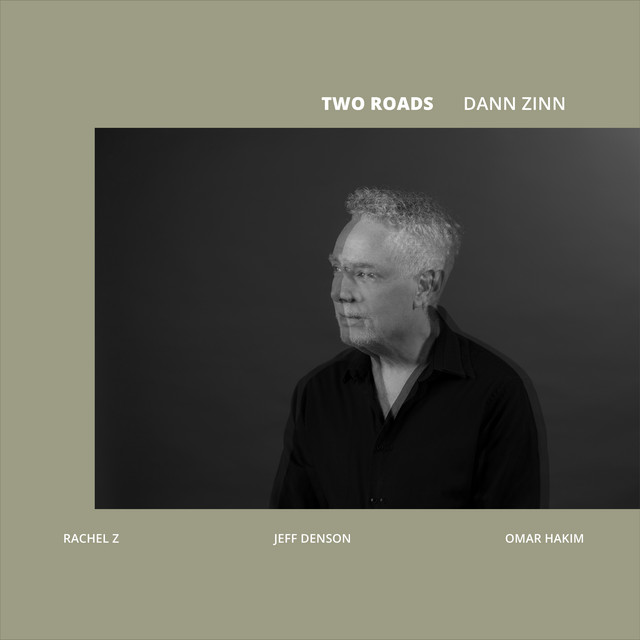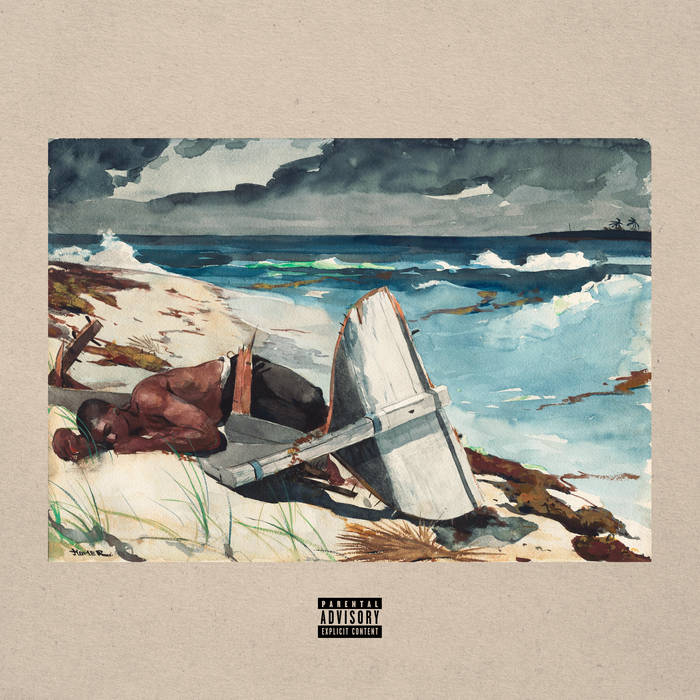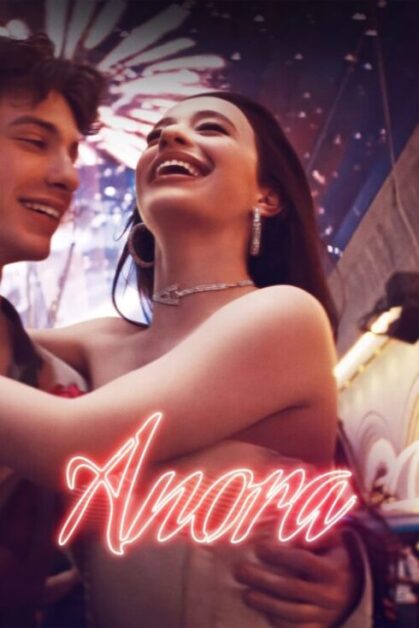We’re Doomed, kinda..
Indie rock trio, Goddamn Wolves (GW), releases new album “We’re Doomed” riffing on humanity’s fate, playing on what it’ll take to reach an abysmal state, ultimately concluding as long as we’re trying there’s hope, creation and expression for yourself.
“It’s extremely valuable. It’s really all we got going for us.”
How do you find music?
Is it a neighbor? Coworker?
Did someone let you know about a local band? Is it a common melody through a town, is it the resources and motifs from a certain region?
Local music can dream.
“I like you humans,” says Drew Foglia when referencing sourcing songs from algorithms or individuals.
A chicken and the egg situation, which comes first, interest in diverse connective music and then space, or is space provided for it and introduced intravenously?
We might ask ourselves this at the radio, when we make space for collective amalgamations of genres and influences we’re drafting and concoction of difference, synchrony and exposure.
Foglia, drummer for Goddamn Wolves says, “I love it, it has opened me to more genres. Even with all the algorithms and everything, you humans do it better.”
Can a corporate system say the same?
“Streaming corporate monoliths,” as described by Chris Weilding, lead singer for GW describes.
Would you want music from an AI or a person, what would the differences be?
When we think of AI as liberating us, cleaning the obsolete that’s holding us back from creative pursuits, can we chicken and egg it, ask for the space to get it or create space to make it real. Can we say we feel liberated by being “assisted by AI?”
What does the algorithm want and what does it want from you?
What does it say about us that we’re so ‘brain-rotted’ we can’t be bothered with tasks that might aid in our critical thinking instead of offloading and uploading into a machine.
Professor Burgess posits on this track, plugged into our devices like an embryonic sac, you’re less likely to care about your environment around you slowly burning or flooding, is it an ideal to be passive, to be sedated, to feel nothing, rubbed raw by the world.
Are we losing some of our humanity when we turn to an algorithm, are we losing nuance and the subjective nature of one’s experience of the world and ways to embrace and channel it?
Drew says “it crushes me that more people can’t make a living doing this, it just means I can only surmise that it means there’s a lot of artistic expression getting squelched. There are a lot of people that aren’t able to express themselves artistically because there’s too much pressure, there’s too much of a requirement to spend too much of our time just surviving, right?”
We’re at a standstill, a fork in the road. Do we accept the american algorithm being fed to us, or do we ask each other what we think, ask each other what we’re listening to. Why do you like it?
Chris Wielding suggests “the way things are now it’s clear that the the the only response that’s going to work is, is actions outside of the institutions that exist, rethinking everything, because it’s just not going to work the way it’s going now, I think in a grassroots way”.
Elaborating on creation beyond the system and its feedback mechanisms, saying, “Even if no one sees it, if you’re writing a song in your bedroom, and you’ve you finished a song, you wrote a song, you wrote a poem, or you made a painting, it just makes the world a better place.”
Expanding, “And I think we get trapped into it, if someone from the outside doesn’t appreciate it, or if you don’t make money from it, it’s not valuable. It’s extremely valuable. It’s really all we got going for us.”
It’s not enough to survive; we’re meaning making machines that create stories to share with each other, feelings to be had, movements to propel.
Maybe we’re not so doomed, supported by Laura McCullough tying it back to their current project, “if you check out the lyrics to ‘We’re Doomed,’ you know, it’s actually not all doom and gloom. Chris’s lyrics say when everybody gives up, that’s when we’re doomed, right? There’s always more we can do.”
So write a song, paint something and call it art. Ask a friend what they’ve been listening to and what shows they’re seeing.
Remember the people around you will assist you in more fulfilling ways than an energy-guzzling, water-bubbling AI could ever. Feel it all, the doom, gloom and hope

